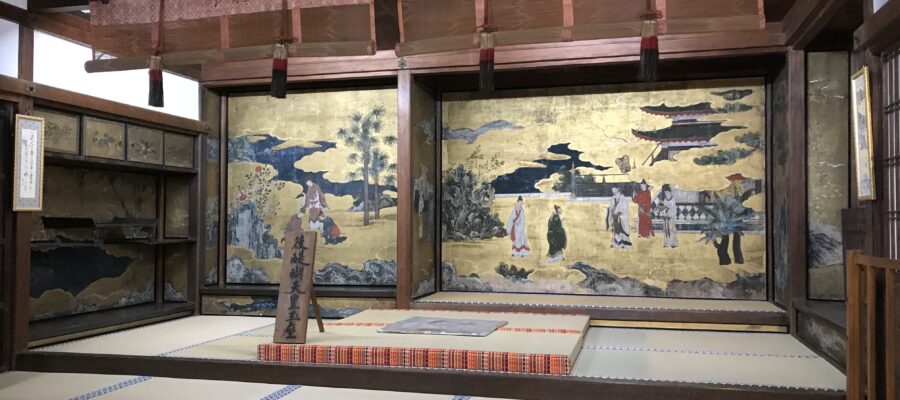吉水神社は歴史の宝庫
吉野のロープウェイから金峯山寺を越えて、さらに進んでいくと左手に吉水神社の鳥居が見えてきます。鳥居をくぐって中に入っていきますと門があり、更に中に入ります。この神社は歴史の宝庫です。源義経が静御前と弁慶を伴って宿にしたこともありますし、南北朝時代、後醍醐天皇の御所、南朝の皇居として使用されていました。
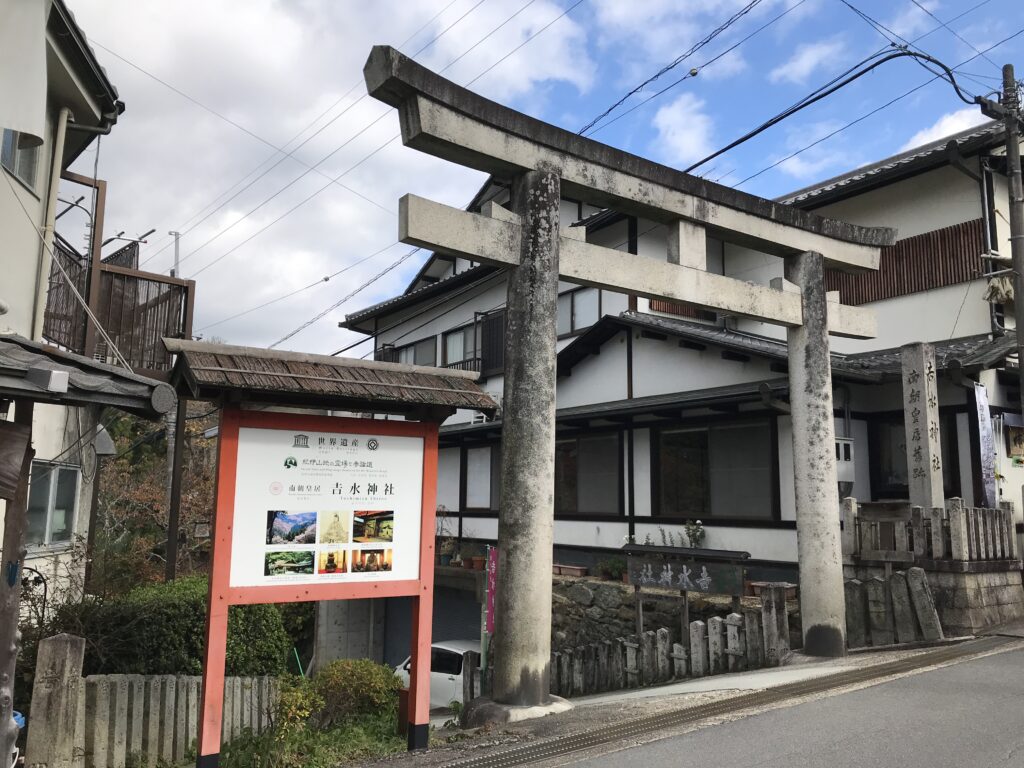
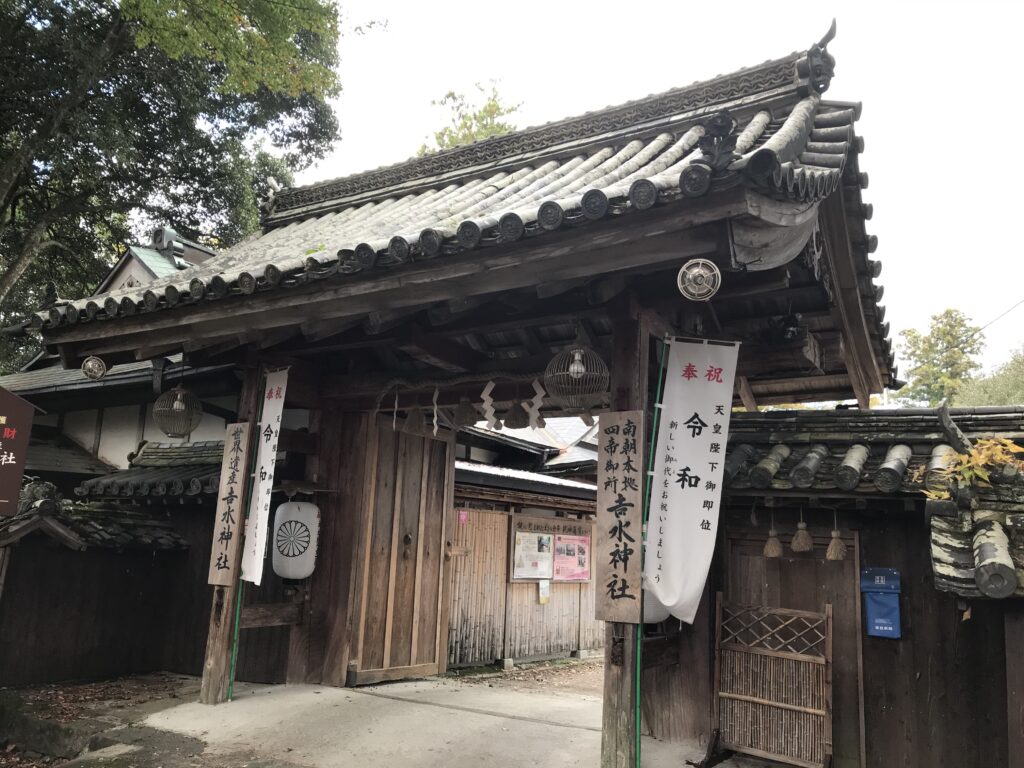
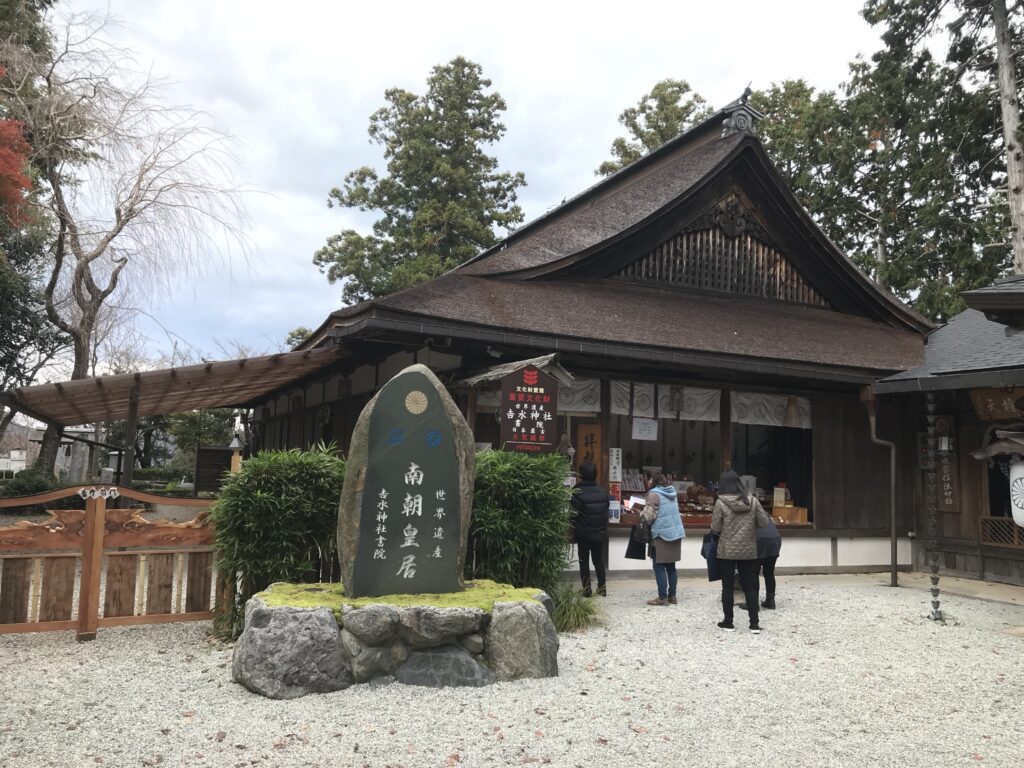
独特の参拝方法
先にお参りをしようと参拝者の列に並んでいると、前方から奇妙な柏手の音が聞こえてきます。何回も手を打っているのか、随分長い間手を打っています。吉水神社の参拝方法は独特で、2礼17拍手1拝となります。17拍手は、4拍手、4拍手、4拍手、4拍手、1拍手です。こんなに長く拍手をするのは初めてです。
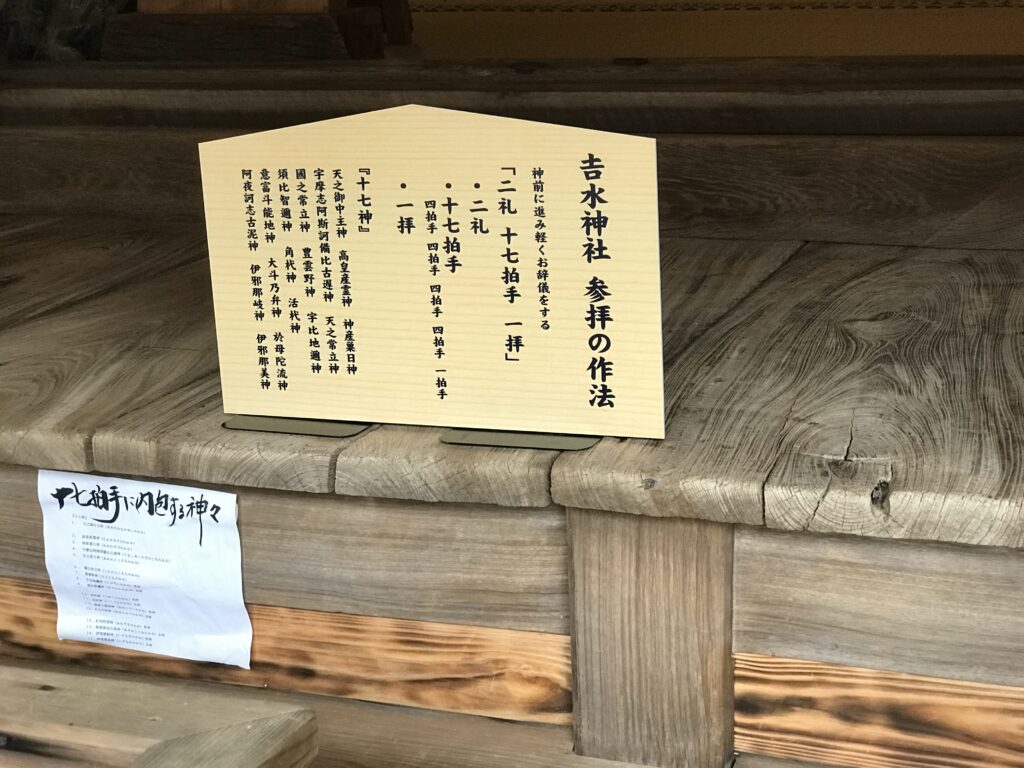
義経と静御前が滞在した建物
それでは建物の中に入っていきます。最初に通されたのは、日本最古の書院建築も言われる書院です。初期書院造の代表的なものとなっています。

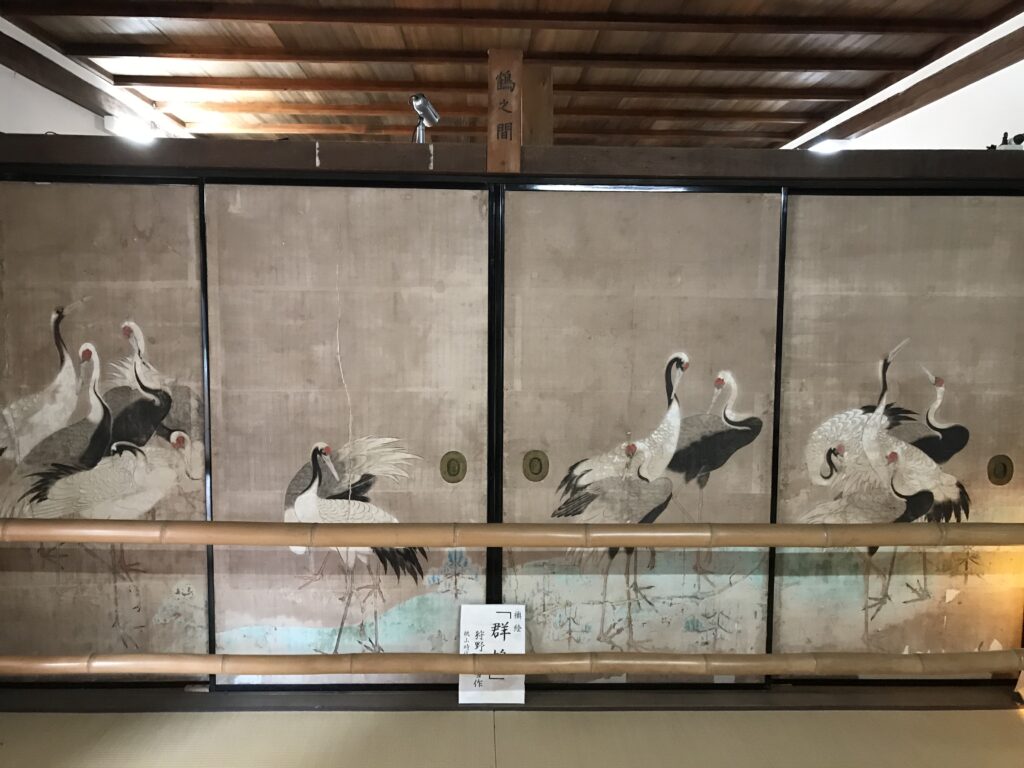
奥に進んでいくと、源義経と静御前が潜居していたと言われる“潜居の間”が見えてきます。兄の源頼朝の追手から逃れている最中に、吉野に潜入し、ここから大峰山へと向かうことになるため、義経は静御前とはここで分かれることになります。弁慶と共に山伏姿に衣服を変えて向かいました。
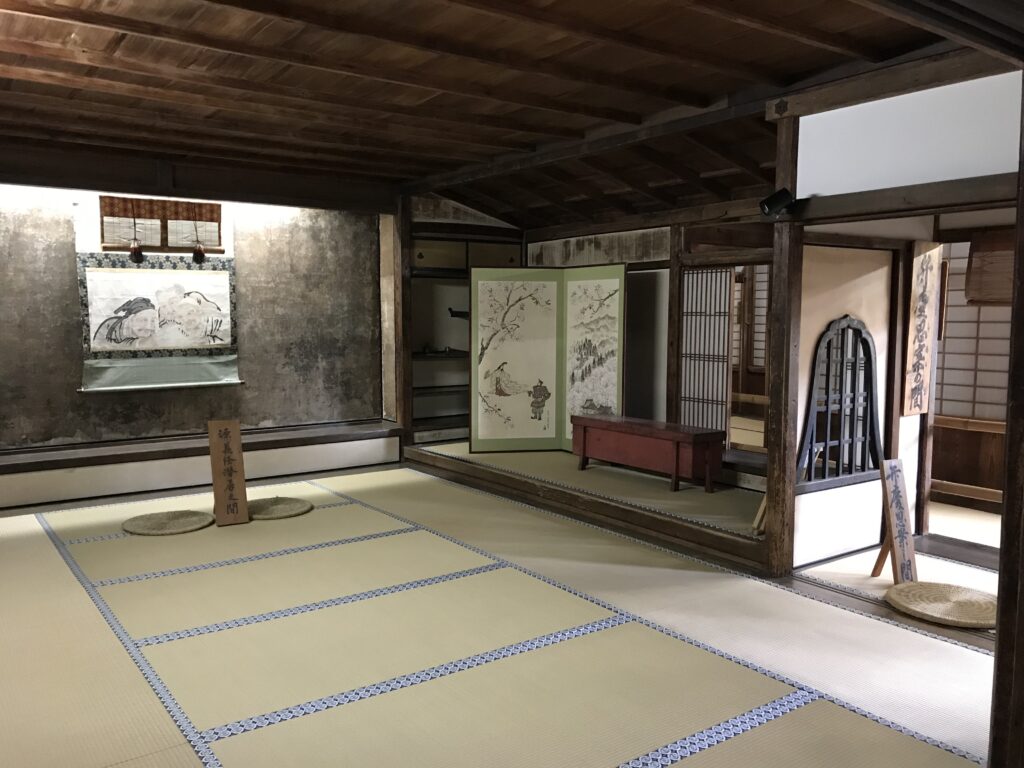
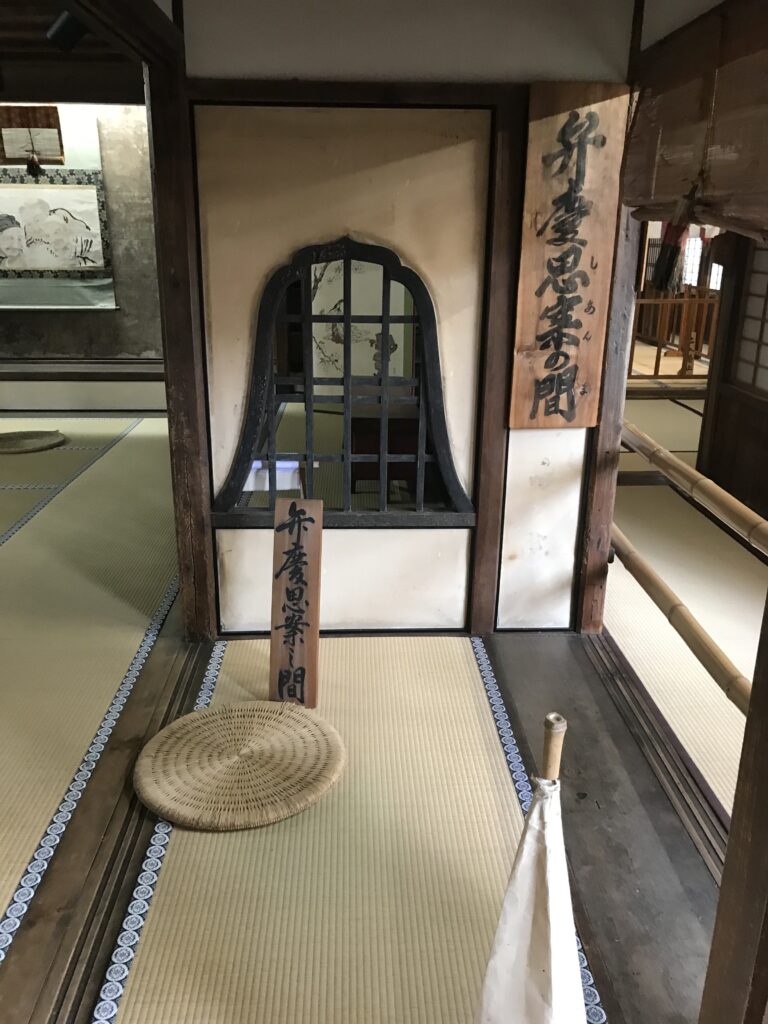
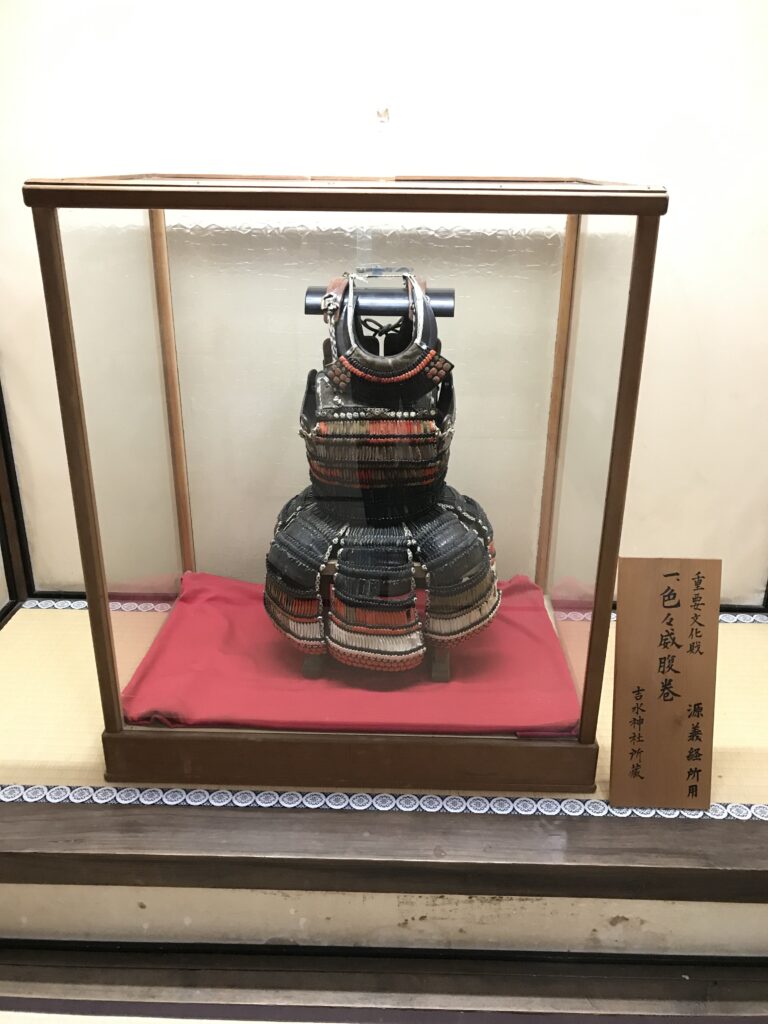
後醍醐天皇の玉座がある建物
時代を150年ほど下って、鎌倉幕府滅亡後の南北朝の時代に、後醍醐天皇が過ごされたのも、この地であります。南朝57年の歴史は、ここから始まり、南朝の唯一現存する行宮であります。自ら座ることはできませんが、後醍醐天皇がいらっしゃった玉座をご覧ください。他にも後醍醐天皇の御物が建物内に展示されています。
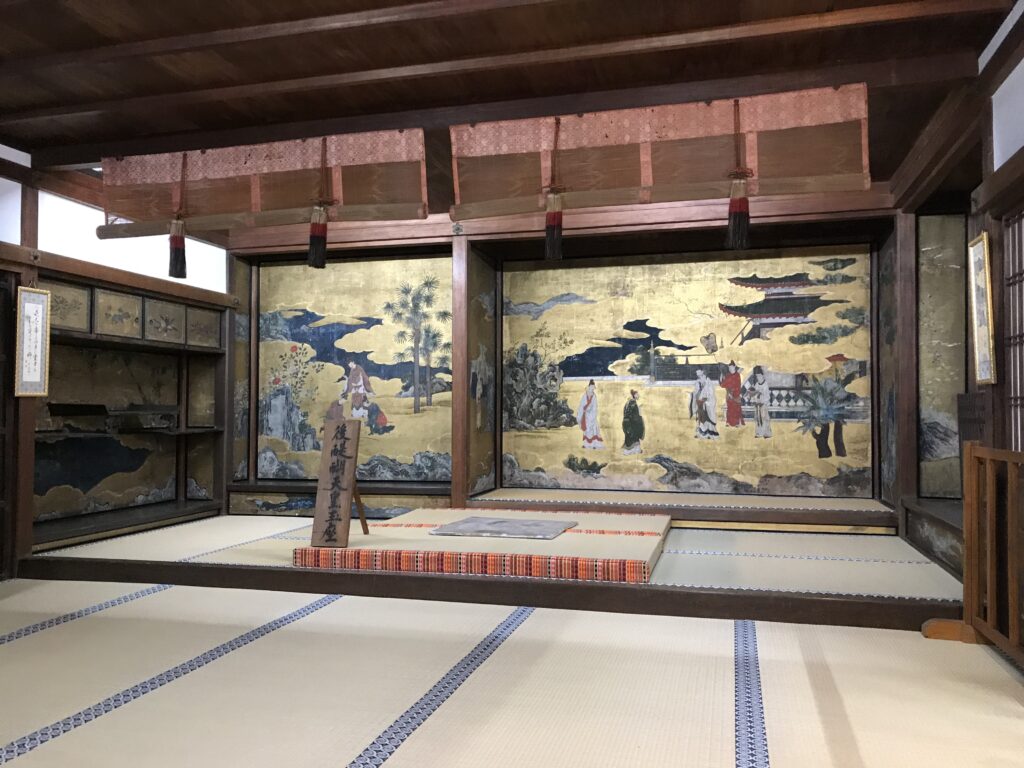
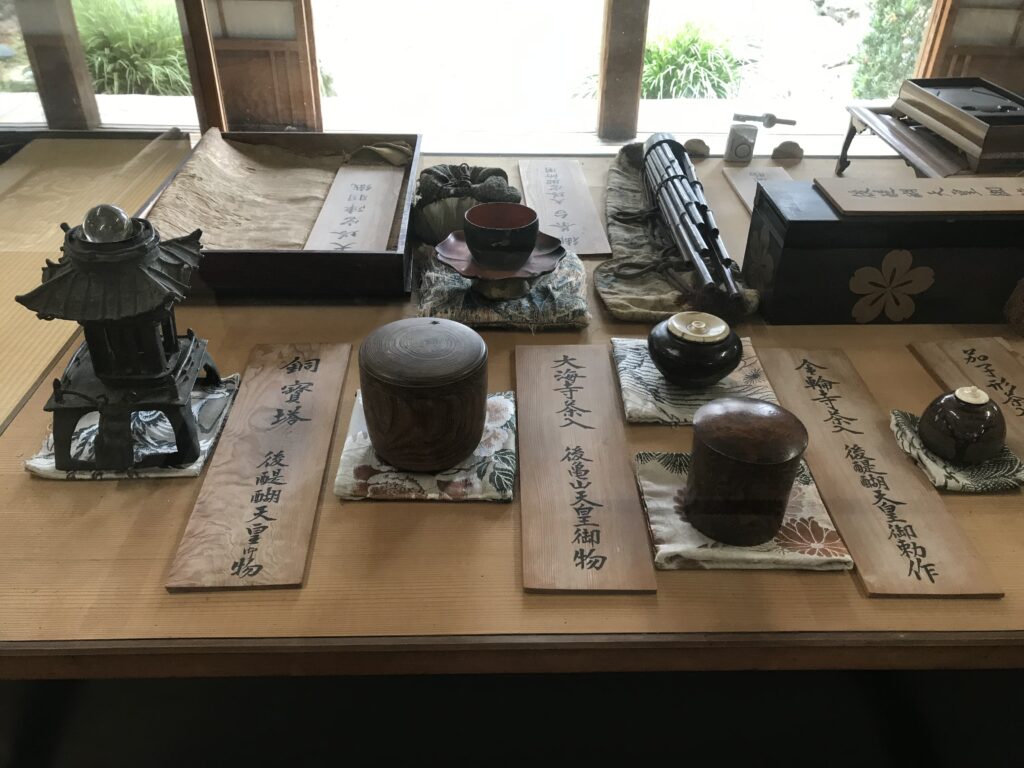
さらに時代を250年ほど下ると、豊臣秀吉の時代になります。秀吉は1594年に、ここ吉野で盛大な花見の園を催し、数日間滞在しました。建物内には秀吉が愛用した金屏風が展示してあります。花見その物よりも、天下統一後、我が世の春を謳歌していた時代の秀吉からの寄贈物です。
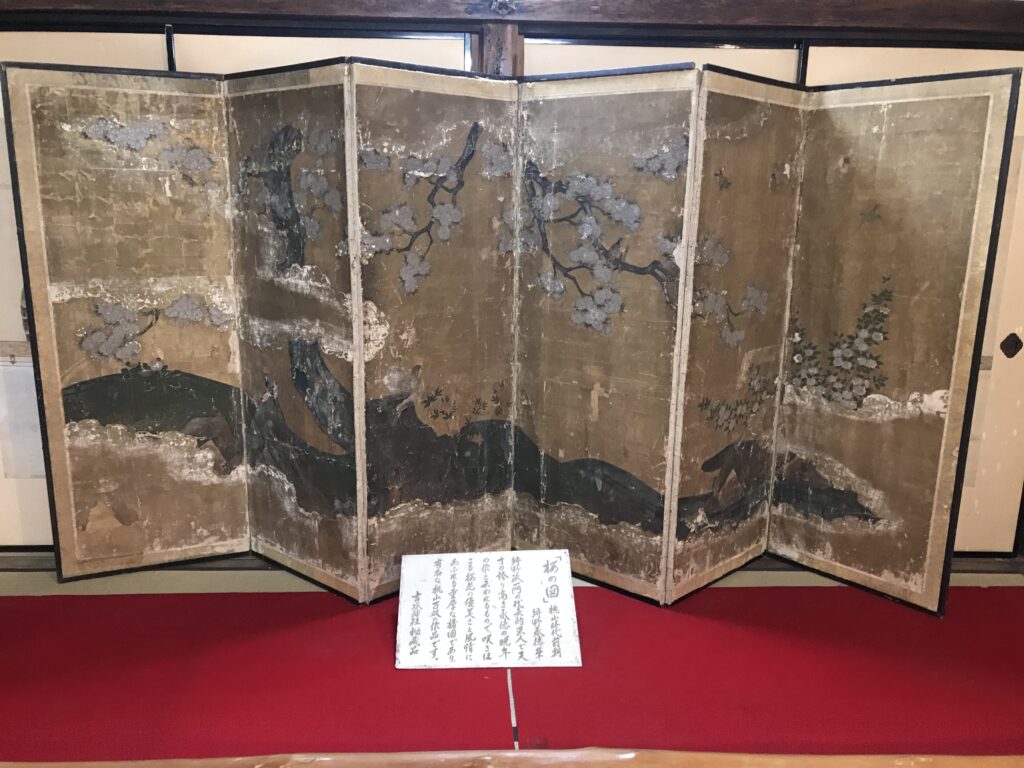
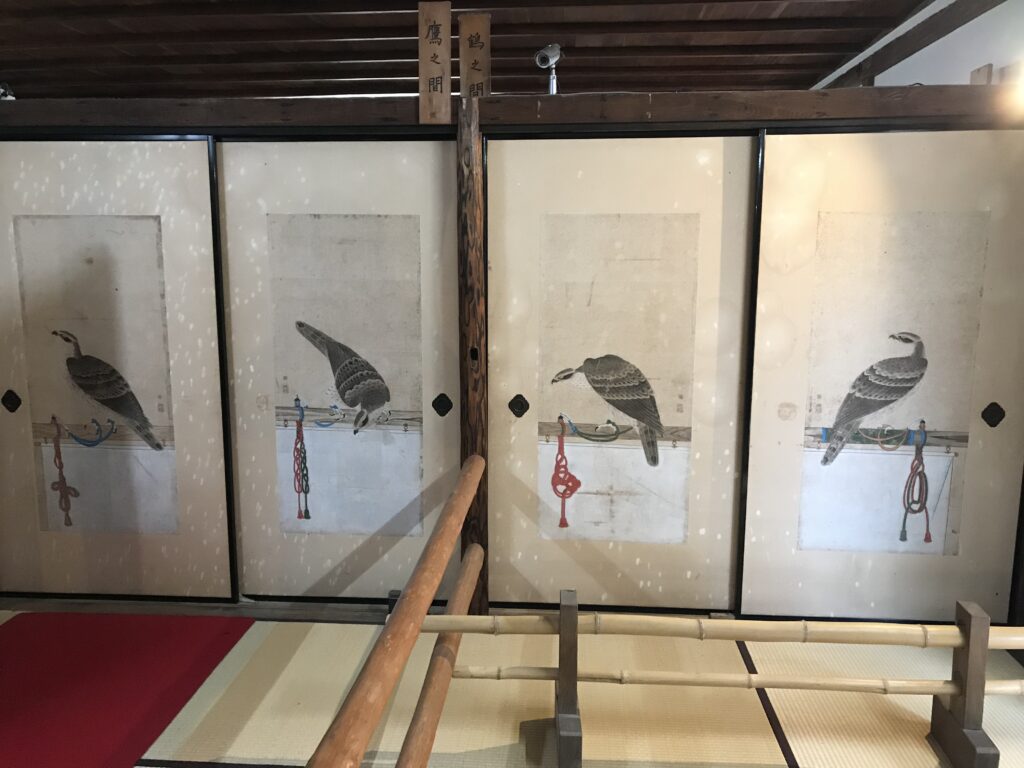
一目万本だった吉野の桜!
季節が違うため桜の花は咲いていませんが、一目千本の景色もこの神社から眺めることができます。現在は、シロヤマ桜を中心に200種、3万本が吉野山全体を覆っているそうです。本当は一目万本なのですね。掲示した写真では、桜の木があるエリアは、桜の葉が落ちて白っぽく見えています。(完)
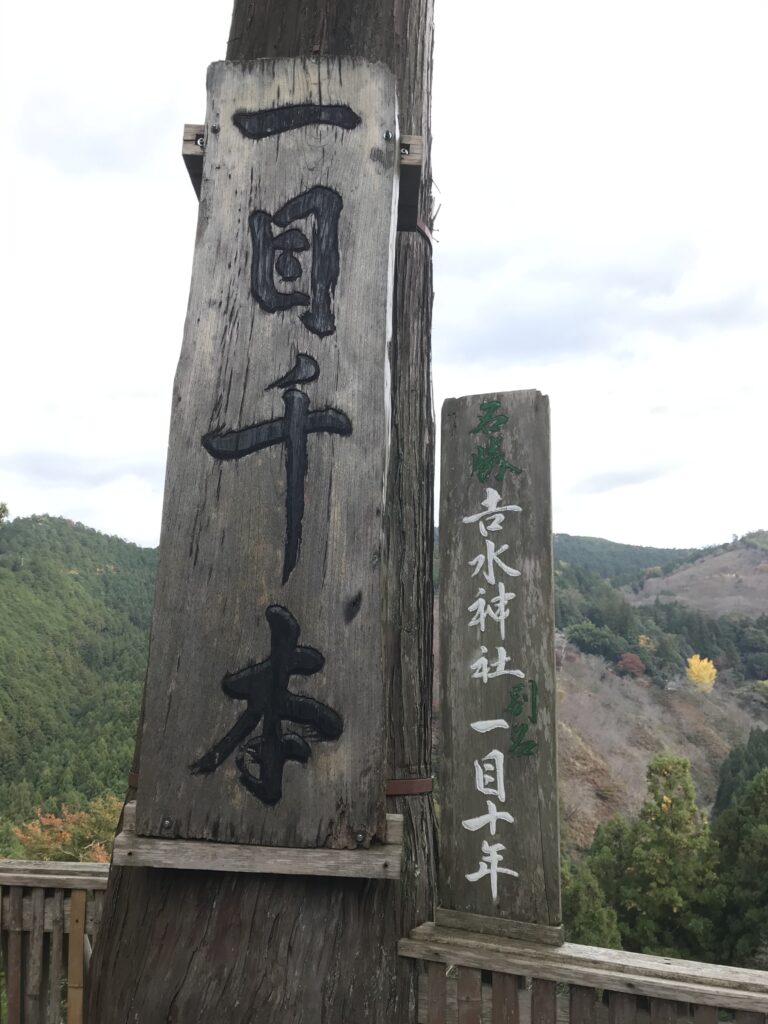
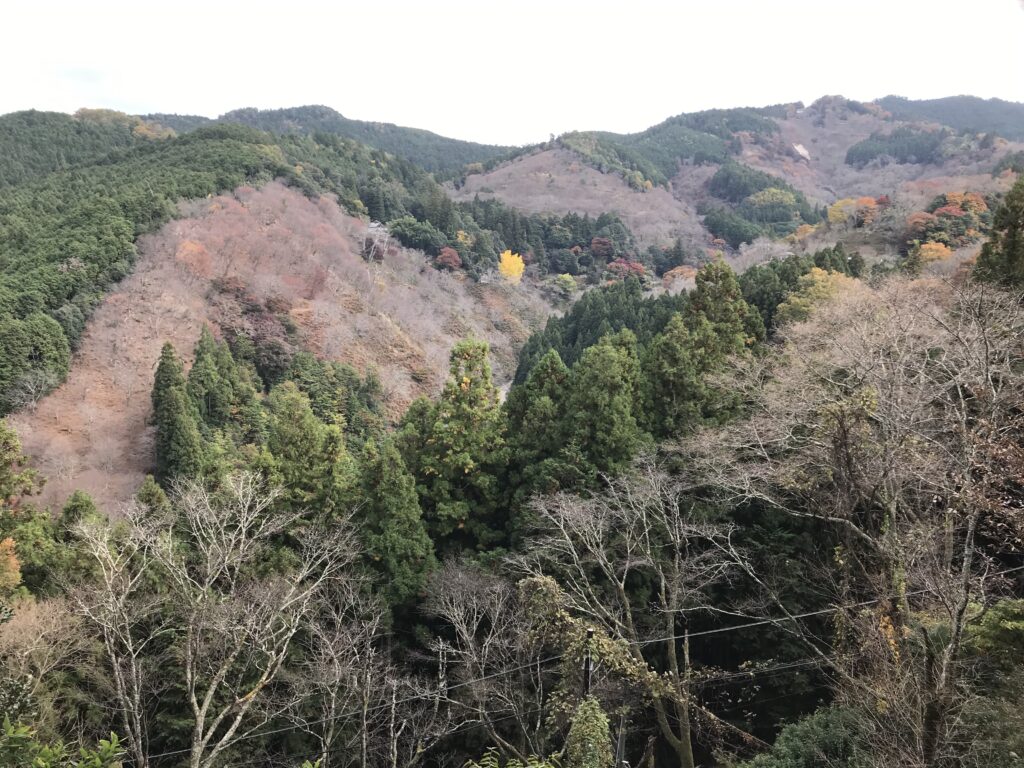
吉水神社の御朱印
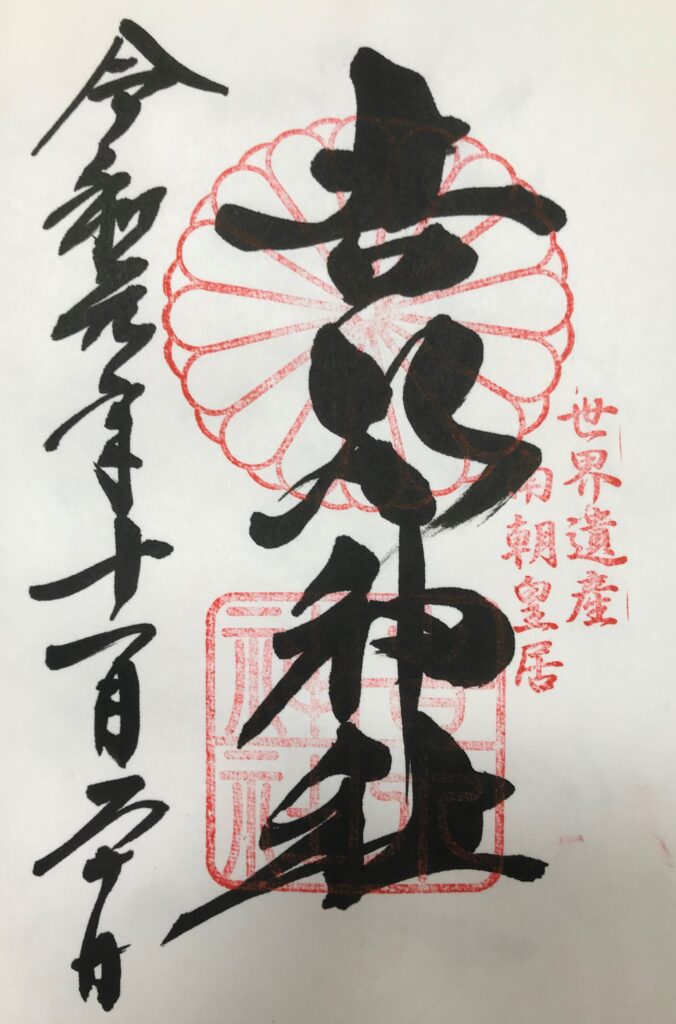
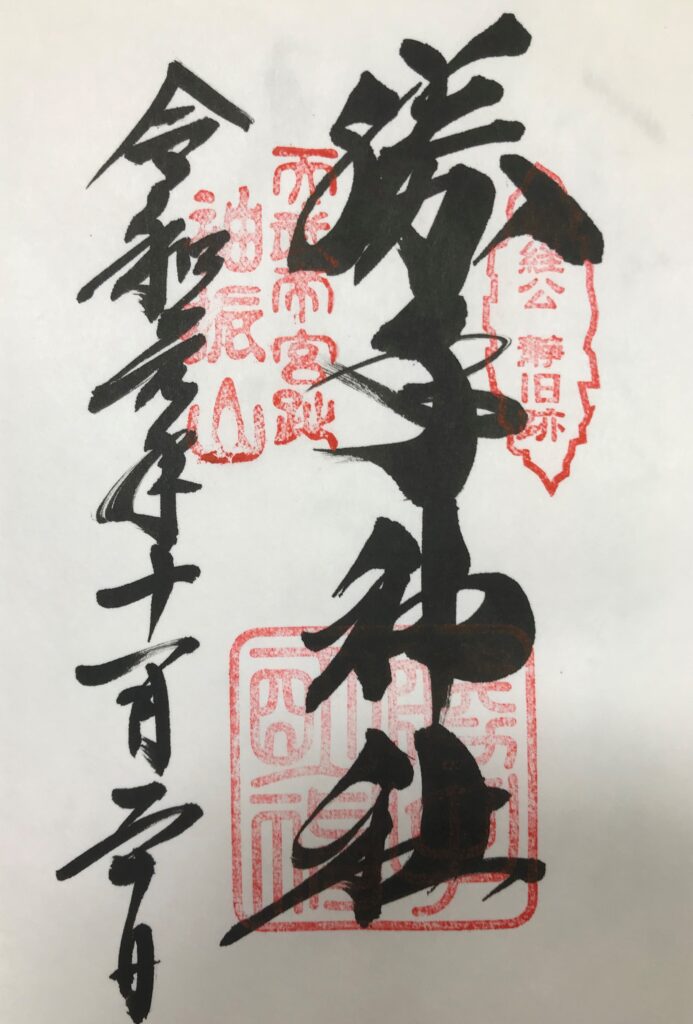
後醍醐天皇について紹介している書籍
兵藤裕己さんの「後醍醐天皇(岩波新書)」にて詳しく紹介されています。
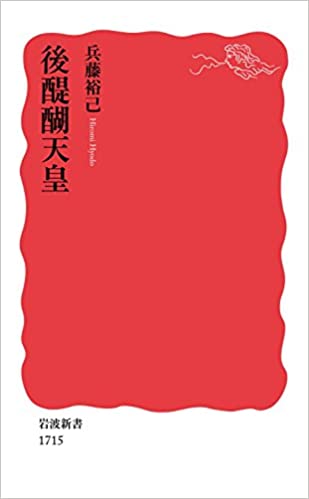
価格:924円
(2021/6/10 15:33時点)
感想(0件)
Yoshimizu Shrine
After passing Kinpusenji Temple from the ropeway in Yoshino and continuing on, you will see the torii gate of Yoshimizu Shrine on your left. Passing through the torii gate, you will see a gate and enter the shrine. This shrine is a treasure house of history. Minamoto Yoshitsune, accompanied by Shizuka Gozen and Benkei, once stayed here, and during the Nanbokucho Period, it was used as the palace of Emperor Godaigo and the imperial residence of the Southern Dynasty.
As I stood in line of worshippers to pay my respects first, I heard the strange sound of oak hands clapping from ahead of me. They were clapping their hands for quite a long time, as if they were clapping many times. The way to worship at Yoshimizu Shrine is unique: two bow, 17 claps, one bow. 17 claps means 4 claps, 4 claps, 4 claps, 4 claps, 4 claps, 1 clap. I have never clapped for such a long time.
Now we are going to enter the building. The first building we were taken to was Shoin, which is also said to be the oldest Shoin-style building in Japan. It is a typical example of early Shoin-style architecture.
As you proceed to the back of the building, you will see the “Hiding Room,” where Minamoto no Yoshitsune and Shizuka Gozen are said to have lived in hiding. Yoshitsune and Shizuka Gozen are said to have gone into hiding in the “Hiding Room,” where Yoshitsune and Shizuka Gozen were said to have stayed while escaping from the pursuit of his elder brother, Minamoto no Yoritomo, who had infiltrated Yoshino and was heading for Omine Mountain from here. Yoshitsune and Benkei changed their clothes to those of mountain priests and headed for the mountain.
About 150 years later, during the period of the Northern and Southern Dynasties after the fall of the Kamakura Shogunate, Emperor Godaigo spent his life in this place. The 57-year history of the Southern Dynasty began here, and this is the only existing Gobutsu of the Southern Dynasty. Although it is not possible to sit on the throne, you can see the throne where Emperor Godaigo used to sit. Other objects belonging to Emperor Godaigo are also displayed in the building.
Moving down 250 years, we come to the reign of Toyotomi Hideyoshi. In 1594, Hideyoshi held a grand cherry blossom viewing party in Yoshino, where he stayed for several days. Inside the building, there is a gold folding screen that was Hideyoshi’s favorite. It was a gift from Hideyoshi when he was enjoying the spring of his life after the unification of Japan.
Although the cherry blossoms are not in bloom because of the different season, the view of Hitome-SENBON (1000 cherry trees at a glance) can also be seen from this shrine. Currently, 30,000 cherry trees of 200 species, mainly Shiroyama cherry trees, cover the entire Yoshino Mountain. The real number is 10,000 cherry trees at a glance. In the photo I posted, the area where the cherry trees are located looks whitish because the leaves have fallen off the cherry trees. (End)
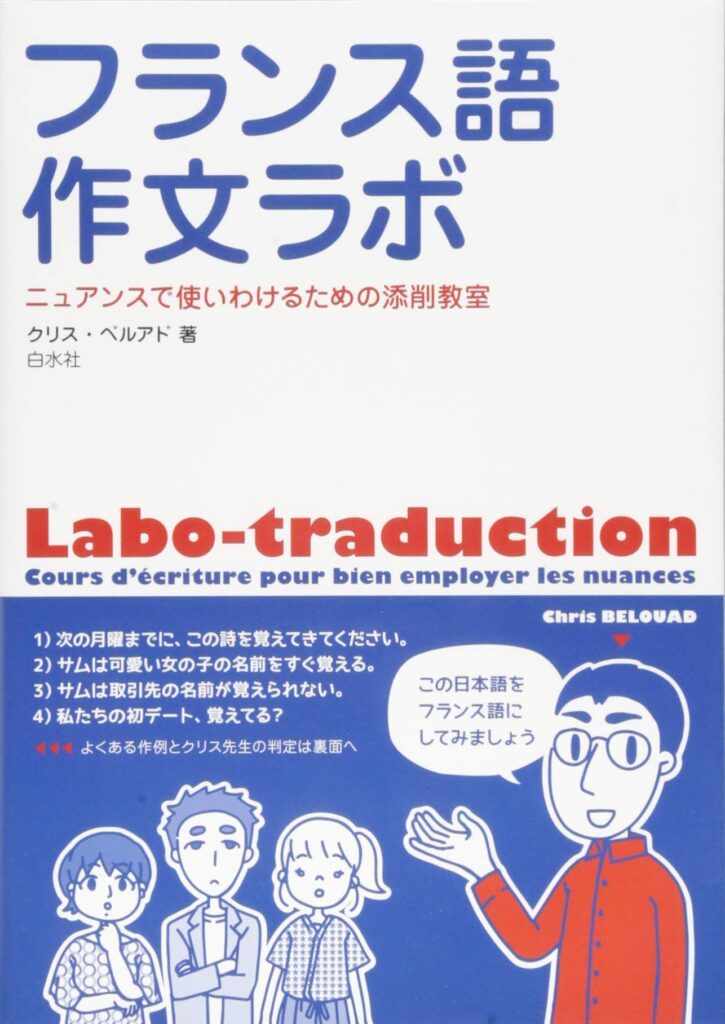
新品価格
¥2,420から
(2022/5/6 23:06時点)
Sanctuaire de Yoshimizu
Après avoir passé le temple Kinpusenji depuis le téléphérique de Yoshino et continué, vous verrez la porte torii du sanctuaire Yoshimizu sur votre gauche. En passant par la porte torii, vous verrez une porte et entrerez dans le sanctuaire. Ce sanctuaire est un trésor d’histoire. Minamoto Yoshitsune, accompagné de Shizuka Gozen et Benkei, y a séjourné une fois, et pendant la période Nanbokucho, il a servi de palais à l’empereur Godaigo et de résidence impériale de la dynastie du Sud.
Alors que je me tenais dans la file des fidèles pour présenter mes respects en premier, j’ai entendu le son étrange de mains de chêne qui frappaient dans le vide devant moi. Ils frappaient leurs mains pendant un temps assez long, comme s’ils frappaient plusieurs fois. La manière de se recueillir au sanctuaire Yoshimizu est unique : deux saluts, 17 claquements, un salut. 17 claps signifie 4 claps, 4 claps, 4 claps, 4 claps, 4 claps, 4 claps, 1 clap. Je n’ai jamais applaudi aussi longtemps.
Maintenant, nous allons entrer dans le bâtiment. Le premier bâtiment dans lequel nous avons été conduits est le Shoin, qui est aussi considéré comme le plus ancien bâtiment de style Shoin au Japon. C’est un exemple typique de l’architecture ancienne du style Shoin.
En vous dirigeant vers l’arrière du bâtiment, vous verrez la “Salle de la Cachette”, où Minamoto no Yoshitsune et Shizuka Gozen auraient vécu cachés. Yoshitsune et Shizuka Gozen se seraient cachés dans la “Hiding Room”, où Yoshitsune et Shizuka Gozen auraient séjourné en échappant à la poursuite de son frère aîné, Minamoto no Yoritomo, qui s’était infiltré à Yoshino et se dirigeait d’ici vers le mont Omine. Yoshitsune et Benkei ont changé leurs vêtements pour ceux de prêtres de montagne et se sont dirigés vers la montagne.
Environ 150 ans plus tard, pendant la période des dynasties du Nord et du Sud après la chute du shogunat de Kamakura, l’empereur Godaigo a passé sa vie dans ce lieu. L’histoire de 57 ans de la dynastie du Sud a commencé ici, et c’est le seul Gobutsu existant de la dynastie du Sud. Bien qu’il ne soit pas possible de s’asseoir sur le trône, vous pouvez voir le trône où l’empereur Godaigo s’asseyait. D’autres objets appartenant à l’empereur Godaigo sont également exposés dans le bâtiment.
En descendant de 250 ans, nous arrivons au règne de Toyotomi Hideyoshi. En 1594, Hideyoshi a organisé une grande fête pour admirer les cerisiers en fleurs à Yoshino, où il est resté plusieurs jours. À l’intérieur du bâtiment, il y a un paravent en or qui était le préféré de Hideyoshi. Il s’agissait d’un cadeau de Hideyoshi lorsqu’il profitait du printemps de sa vie après l’unification du Japon.
Bien que les cerisiers ne soient pas en fleurs en raison de la saison différente, la vue de Hitome-SENBON (1000 cerisiers en un coup d’œil) peut également être vue depuis ce sanctuaire. Actuellement, 30 000 cerisiers de 200 espèces, principalement des cerisiers Shiroyama, couvrent l’ensemble de la montagne Yoshino. Le chiffre réel est de 10 000 cerisiers en un coup d’œil. Sur la photo que j’ai postée, la zone où se trouvent les cerisiers semble blanchâtre car les feuilles sont tombées des cerisiers. (Fin)
